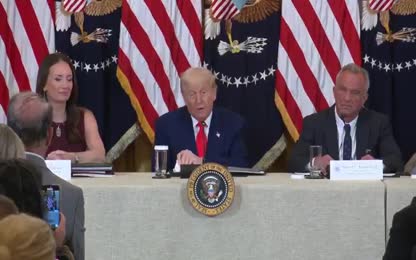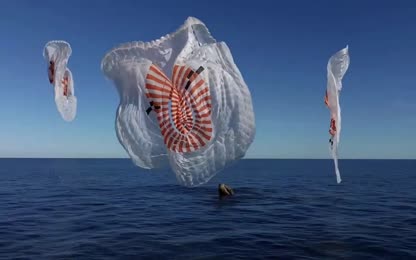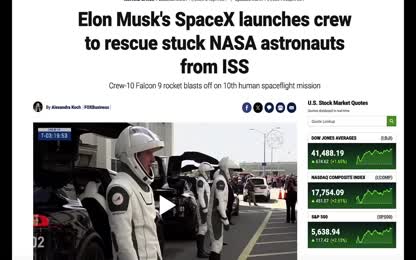Advertisement
When Pretending to Land on Mars Just Isnt Enough
Citizen Journalist- News of our day.
Are we there yet? Cummon now.. Enough is enough. No space, no aliens, none.. game over.. you have been busted.
60 million a day 60,000,000 A DAY!!! YOUR money! flushed!
-mrr Pottersclay -yt
TAGS:
bill,gates,beast,system,id,identify,facebook,twitter,google,social,media,spy,data,stolen,privacy,censor,cares,riot,covid,floyd,riots,nwo,blm,hoax,antifa,corona,c19,payout,hospital,children,lies,global,school,agenda,lock,down,teach,climate,education,kids,lock,down,vaccine,food,stores,fake,panic,walmart,local,grown,animals,culled,killed,agenda,pestilence,famine,grain,3rd world,covid,payout,hospital,beast,system,gates,eugenics,WAKE,UP
...
God Bless!
Eph 6:12-On Spirit
Luke 10:25-28-On Duty
1 Tim 4:9-11-On Salvation
1 Cor 15:20-28-On The Order
SubD?
ShareD?
..
- Category: Servants of Evil,NationalAgency of SpaceActors ,SpaceX / FakeX,Wake up people
- Duration: 05:01
- Date: 2021-02-26 17:02:26
- Tags: nasa, fake, space, mars, elon, fakex, spacex, musk, fraud, liar, moon, mission, wake up, beast, system, facebook, twitter, google, social, media, spy, data, stolen, privacy, censor
6 Comments
Video Transcript:
Scientists are working on exciting new projects involving space travel. NASA is sending a helicopter to Mars. The aircraft will travel to the Red Planet Trinity Shavas explains. The US will be the first nation in history to fly the first heavier than aircraft on another world. NASA is sending a small, autonomous helicopter to the Red Planet. The small Mars copter will make a series of tests flights to the Red Planet, which NASA says will enable more ambitious missions in the future. The full 30-day flight test campaign will include up to five flights of incrementally further flight distances, up to a few hundred meters each time and longer durations as long as 90 seconds over a period. NASA Administrator Jim Bridenstine said in a statement, the idea of a helicopter flying the skies of another planet is thrilling. The Mars helicopter holds much promise for our future science, discovery and exploration missions to Mars. NASA's Jet Propulsion Laboratory began developing the four-pound helicopter back in 2013. Only about the size of a softball, NASA officials said at the size of the copter was of utmost importance. Meaning, on Mars helicopter project manager at JPL said in a statement, to make it fly at that low atmospheric density, we had to scrutinize everything, make it as light as possible while being as strong and as powerful as it can possibly be. The six-wheeled rover will be equipped with several cameras, a microphone and a drill to collect samples. It's goal to hunt for sides of habitable environments as well as sites that may have once hosted microbiolive. As you can see, we're using the vacuum chamber once again and I actually have a little feather right there, you can see suspended in front of a 12-volt electric fan. See I got the batteries, a pressure gauge and everything in there. To turn it on, I have a little tilt switch that's magnetically controlled. You see when I turn the fan on, it blows the feather all over the place. This is of course an atmospheric pressure right now. I want to take this down to Martian conditions. You might have noticed the Martian reference over there. The first thing I'm going to do is add a little bit of dry ice to the chamber just so that the atmosphere gets replaced with CO2. Many of you guys were complaining about that last time. Now I should have a CO2 atmosphere, at least you'll create one. Now we're going to suck out all of the air, at least most of it down to the point, or about between four to six millimeters of mercury, which is of course the pressure on the surface of Mars. So let's plug in the vacuum pump. There we go. Give this a little while to suck down. This piece is a CO2, it looked really interesting in the vacuum. The gas produced causes the levitate and flow it all over the place. But if you can see the gauge over there, you can see that the air pressure is just about the point where it's where we considered the surface of Mars. Let's see what happens. Okay, fan's on. That's how there's not moving. That's what's going on. Not even flinching. Let's turn the fan off. Okay, let's turn it back on. There you go. Now extrapolating from that, you can imagine that even a 200 mile an hour window Mars isn't going to do much. So to finish up this experiment, I'm going to turn this fan back on just like this. Now I'm going to let the air back in and let's see what happens as we come back to Earth. Almost immediately you can see the feathers start shaking around more and more violently. Okay, so the air stopped coming into the chamber, so now everything's due to the fan. I think it's interesting as the fan actually sounds different. It doesn't vibrate quite as much. There you go. The air density has a big impact on what wind velocity actually does.










 Donate
Donate







